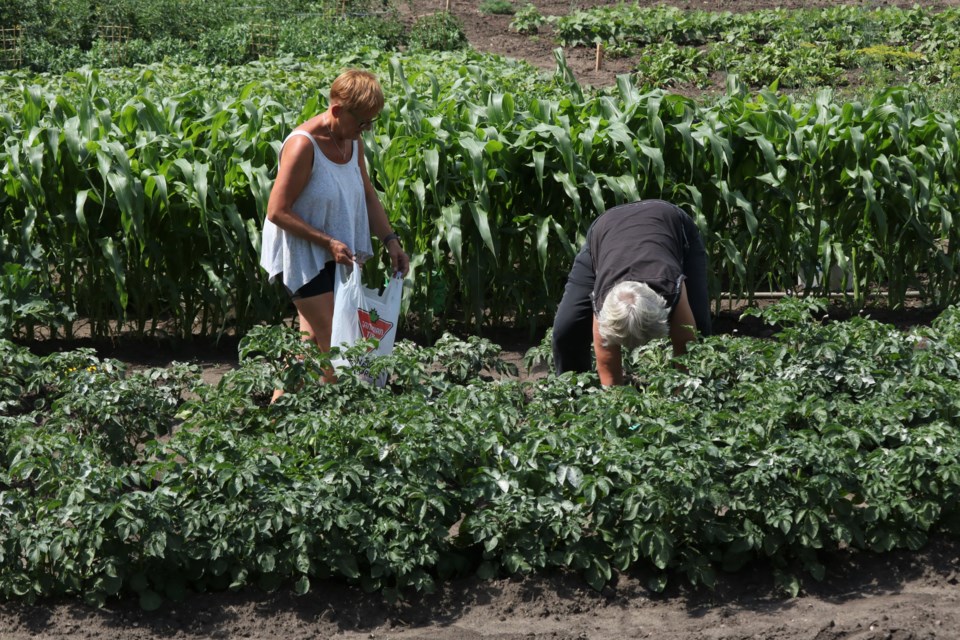But saving seeds is once again a popular concept. Why? First of all, if you have a stellar plant in your garden, something that did a great job of producing vegetables or flowers, it’s only natural that you would want to grow it again. Saving seeds saves the gardener money. And saving seeds is a sure way to know what you are going to grow.
Some basics. We shouldn’t save seeds that came from hybrid plants. The seed packages will be labelled to tell us that these seeds are hybrids. Hybrids are plants that have been crossed to get, hopefully, the best traits of each parent. But seeds taken from hybrids will note come back “true”, that is, not as they were as hybrid plants. They may drop some traits and be slightly different. But since the reason we would save seeds is to duplicate the great results we have from a certain plant, it won’t happen with seeds taken from hybrid plants. Something to keep in mind.
Next thing to remember: to save seeds, the plant must be mature. It is easy to see when most seeds are “ready” to save: the seed pods or casings look dry, and if you pick them, the seeds may practically fall into your hands. Other methods require more patience and determination. A dear friend told us how she lets her lettuce go to seed in the garden, and she has had great success and repeated crops of lettuce each spring with this practise. This requires us to resist the urge to “tidy up” and pull the plants in the fall; we must be patient and let them do their thing in the garden! Another example of patience: Mom used to save seeds from tomatoes, but this was a time-consuming procedure of scraping out the pulp onto paper towels, and letting the pulp and seeds dry. When that finally happened, the seeds had to be carefully separated from the dried up pulp. I can still see the kitchen cupboard spread with an array of plates and the pulp of tomatoes on each, carefully labelled with a piece of paper. For my sweet Mom, it was truly a labor of love to save her favorites.
For novice seed-savers, we can start our seed-saving careers with easier plants. It is very easy to see when seeds are dry and ready to harvest on plants such as marigolds, cosmos, calendula, beans or peppers. However we obtain our seeds, we must be sure they are dry, as in mature, and dry, as in not damp. Spread seeds out in a single layer in paper towel or newspaper and let them cure for several days or till you can tell that they are really dried out.
At this point, we should store them in envelopes or small containers or jars. Store them in a cool location out of direct light. And an important reminder: label them with the name of the plant and the date. Some seeds do not have a very long shelf life.
It’s an interesting and rewarding practice! Give seed-saving a try!
Don’t miss the Yorkton Gardener’s Market on Saturday, from 9AM till noon at the north parking lot of the Prairie Harvest Christian Life Centre. October 2 will be the last market! Homegrown produce and more! If you have any questions about the market, just call Glen at (306) 783-7040.
Thank you to our friends at Yorkton This Week for their great work! Visit the Yorkton and District Hort Society at www.yorktonhort.ca and have a great week!





